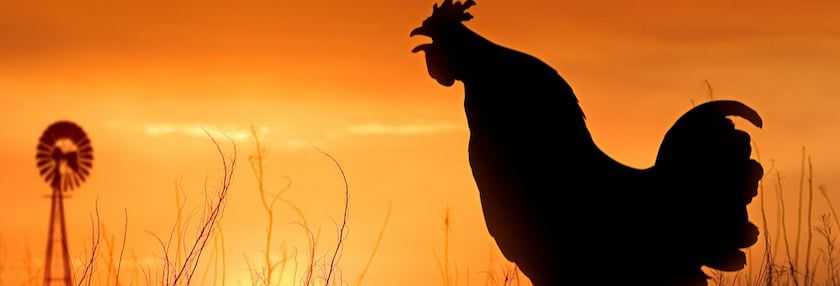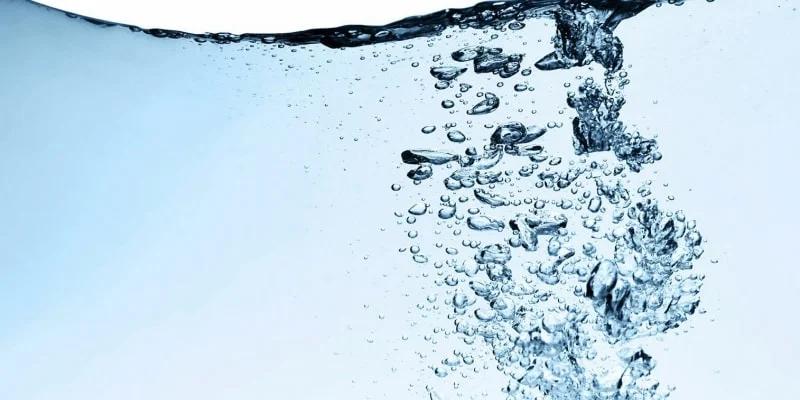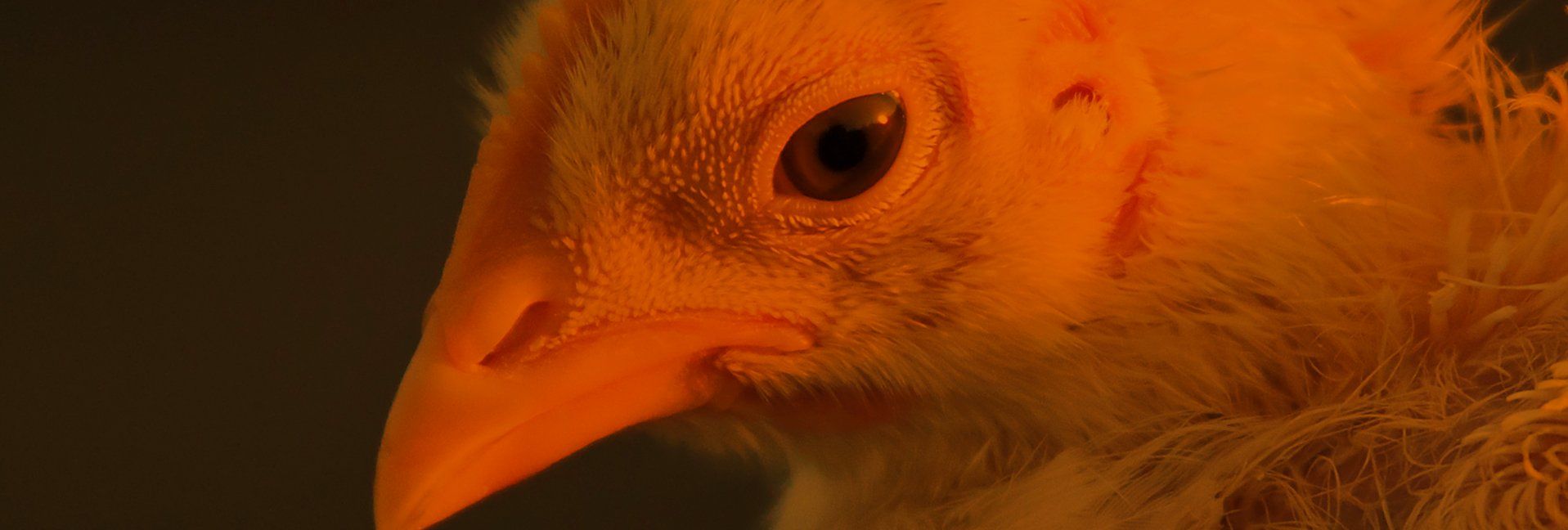Poultry News Flash!


Update on the current Highly Pathogenic Avian Influenza outbreak in North America
For the first time since 2015, Highly Pathogenic Avian Influenza (HPAI) has begun wreaking its devastation in North America. While the current strain of HPAI is different from the 2014-15 strain, the results with respect to number of dead domestic poultry are similar.
At the time of writing, almost 38 million birds from 35 states have either died or been euthanized. The outbreak has affected 148 backyard flocks and 179 commercial flocks.
This article will give you the basics of what HPAI is and what you can do to reduce the risk to your own flock(s).
What is HPAI?
At the simplest level, bird flu (aka Avian Influenza) is a type of influenza virus. While there are three types of influenza viruses: A, B and C; influenza B and C do not infect birds but can infect humans.
Influenza A can infect humans and many other animals including birds such as domestic poultry and waterfowl (i.e. ducks and geese).
With respect to avian influenza, at the most general level we divide the virus into 2 categories—Highly Pathogenic and Low Pathogenic. The practical difference between HPAI and the LPAI is that the HPAI causes much higher mortality (aka death). While most LPAI has decreased pathogenicity, it should be noted that some but not all LPAI have the potential to mutate into HPAI strains.
Regardless of the virus being LPAI or HPAI the following are true for both types of AI.
- there is no cure (apple cider vinegar doesn’t work)
- they are highly infectious
- they can result in the death of your flock.
So, yes, it is VERY serious.
Where does the virus come from?
Wild aquatic birds—particularly certain wild ducks, geese, swans, gulls, shorebirds and terns—are the natural hosts for all known influenza type A viruses. As waterfowl such as ducks move from the northern to the southern hemisphere and back again seasonally in order to find suitable habitat for breeding and feeding, they have the potential to spread the disease as they interface with other animals including domestic poultry.
Interestingly, most wild waterfowl are not affected by the virus meaning they don’t get sick as carriers.

This means that waterfowl, such as ducks or geese, will appear healthy and continue to migrate while shedding the virus through their droppings and respiratory secretions. Consequently, waterfowl are extremely effective global transmitters of the disease.
The virus is shed in respiratory and fecal contents. Any contact between infected material and poultry can transmit disease.

How will know if my flock is infected?
HPAI can cause a range of symptoms that include any or all of the following: inflamed heads with bluish combs, respiratory distress, diarrhea, hemorrhages in the feet or legs, lethargy, reduced feed and water intake, or sudden death.
In egg-laying hens, a severe drop in egg production and/or soft or misshapen eggs may also be observed.
However, it is important to keep in mind that these symptoms are not pathognomonic, meaning if you observe them in your poultry there are other diseases which also share those same clinical signs.
Therefore, if your birds show any of the mentioned symptoms it does not necessarily mean they have HPAI.
The current outbreak and what we can do:
Right now (unfortunately) we are dealing with a major HPAI outbreak in North America. As there is no cure and vaccination is not currently an option, it is essential for all poultry owners to focus on preventing avian influenza transmission to their flock.
As noted, the virus is shed in respiratory and fecal contents. Any contact between infected material and poultry can transmit disease. Hence, there is great concern regarding human behavior and biosecurity—humans can unknowingly move the virus to domestic poultry by making poor decisions related to biosecurity (e.g. the practice of preventing disease into your backyard farm and flock).
The following are highly recommended biosecurity practices:
- House birds away from open water sources where waterfowl may congregate. If practical, draining ponds to reduce habitat near domestic poultry is recommended.
- Discourage your birds from interacting with wild birds and vice versa by confining your birds to their coop/enclosure. If not possible, consider having a rigorous cleaning routine to prevent your birds from interacting with fomites left behind by wild birds.
- Do not share/exchange animals, equipment or fed with fellow bird owners. At times, restricting access to your birds altogether may be necessary.
- Quarantine new flock additions for 30 days and look for signs of disease before allowing the new birds to join the established flock.
- Frequently monitor your birds and isolate suspect birds right away to prevent the disease from spreading.
- If contact with waterfowl is made, thorough cleaning and disinfection of clothing, shoes and even vehicles used during contact with waterfowl is crucial for preventing the spread of disease onto your farm. If you hunt waterfowl, this is a must follow practice.
- Work with your veterinarian, state/federal veterinarian, local university, farm advisor etc. Many of these resources are free!
The current outbreak based on the strain of virus is a global outbreak in that it is in waterfowl and domestic poultry in Europe and Asia.

There is concern that this strain of HPAI may persist until next fall and potentially further spread and cause significant mortality this winter and spring in North America. Hence, as poultry owners the above recommendations are essential toward reducing risk to our domestic (backyard and commercial) poultry.
Tags:Pitesky's Poultry

Chicken Whisperer is part of the Catalyst Communications Network publication family.












